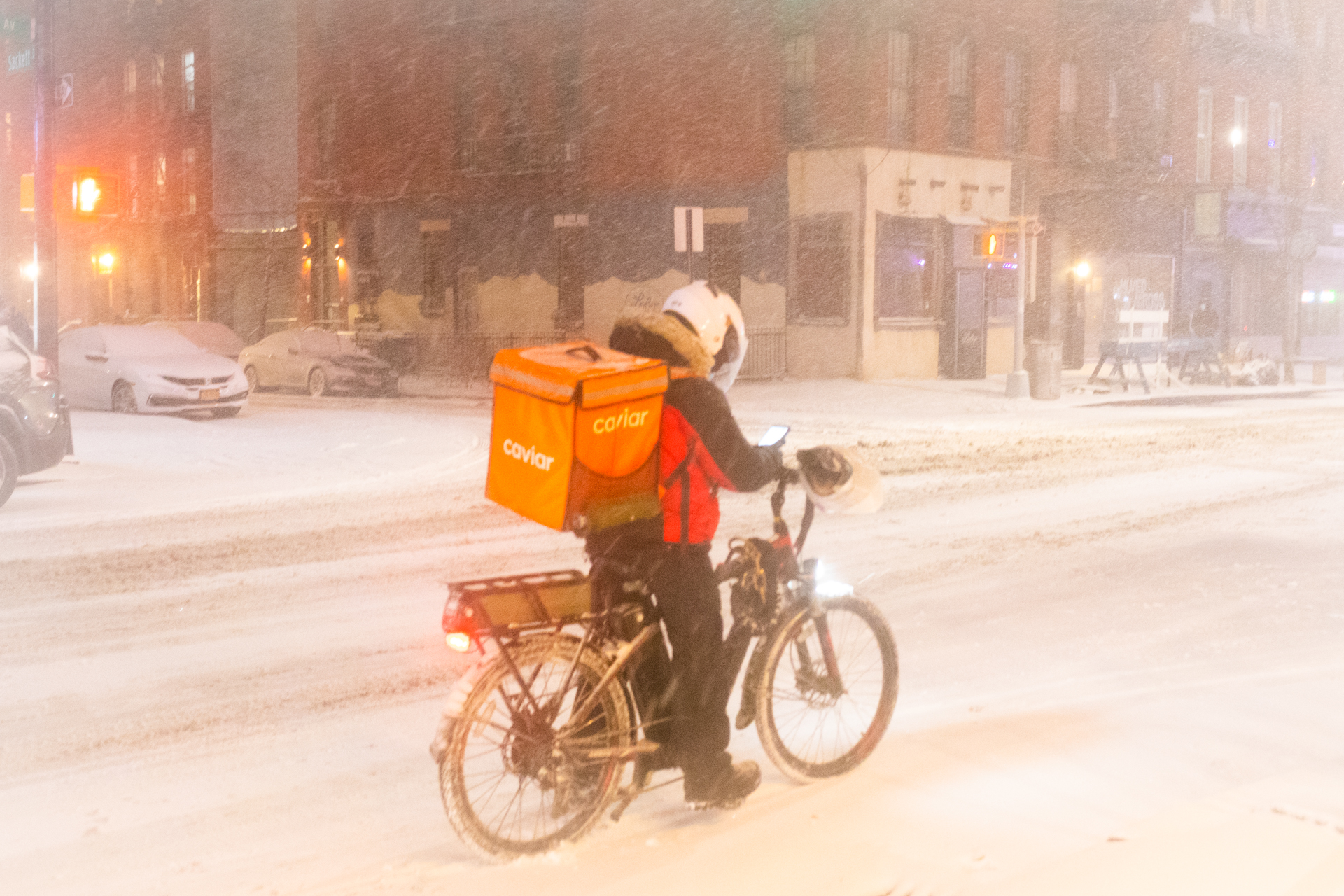You ever feel like your wallet’s got a slow leak you can’t quite find? Same. One day your streaming bill’s mysteriously higher, the next you’re paying $3 for the privilege of emailing a real estate agent. Hidden fees are sneaky little gremlins, and lately, they’re multiplying like your cousin’s BeReal notifications. What’s worse? A lot of them didn’t even exist a year ago.
These charges are creeping into everyday life—from your bank app to your gym locker to your favorite games—and somehow, we’re just expected to shrug and pay up. Companies love slapping on new fees with names that sound vaguely helpful but are really just dressed-up cash grabs. And if you’ve blinked recently, chances are you missed the memo (or, more accurately, the fine print). So let’s pull back the curtain and expose the 15 hidden fees that are draining your bank account—one mysterious $1.99 charge at a time.
1. DoorDash “New Fee Display” Adjustment
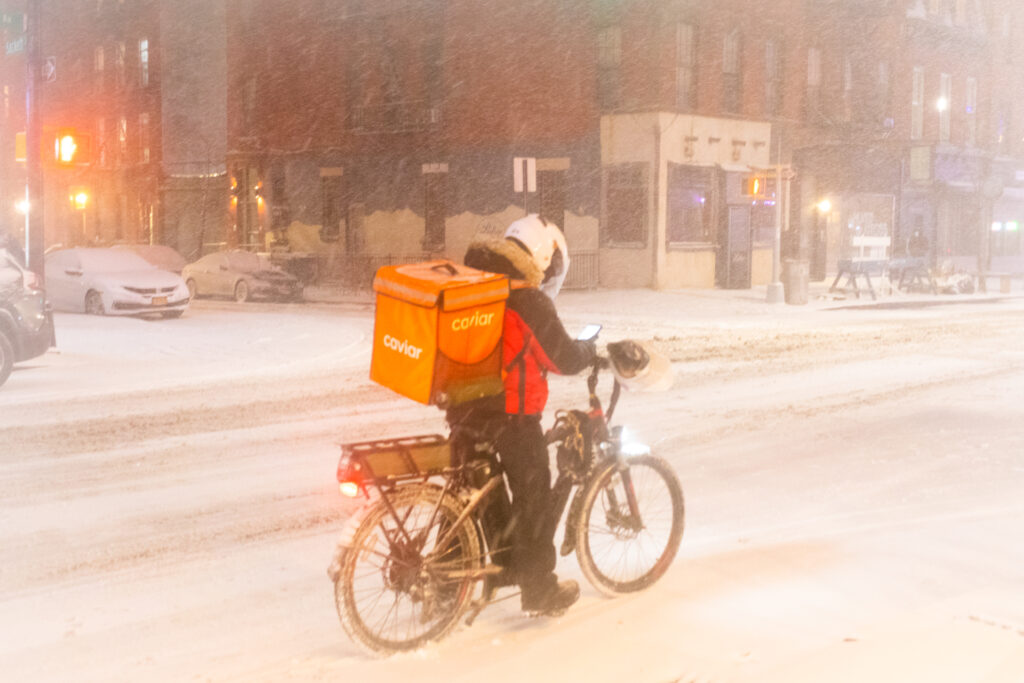
You thought poorly-labeled fees were gone? Think again. In July 2024, California forced DoorDash to revamp how fees appear, but instead of eliminating them, the platform just cluttered the interface even more. Now, there’s a “platform fee,” “service fee,” “busy area fee,” taxes, and sometimes extra “compliance fees” all jumbled together, per Restaurant Business Online. While this was technically to comply with SB 478’s ban on surprise fees, DoorDash’s workaround still tacks on multiple line items at checkout. The end result? Your order summary looks like a tax audit.
On one hand, you can finally see what you’re paying, but on the other, the total surprise still hits hard. And if you live outside California? You might still be blissfully (or ignorantly) paying hidden extras without ever seeing a breakdown—until your bank statement shocks you. The lesson here: transparency laws only go so far if companies can repackage fees into new buckets. Your burger and fries now come with a side of confusion, plus whatever unexplained “fees” appear next.
2. Basic Economy Seat-Selection Fee
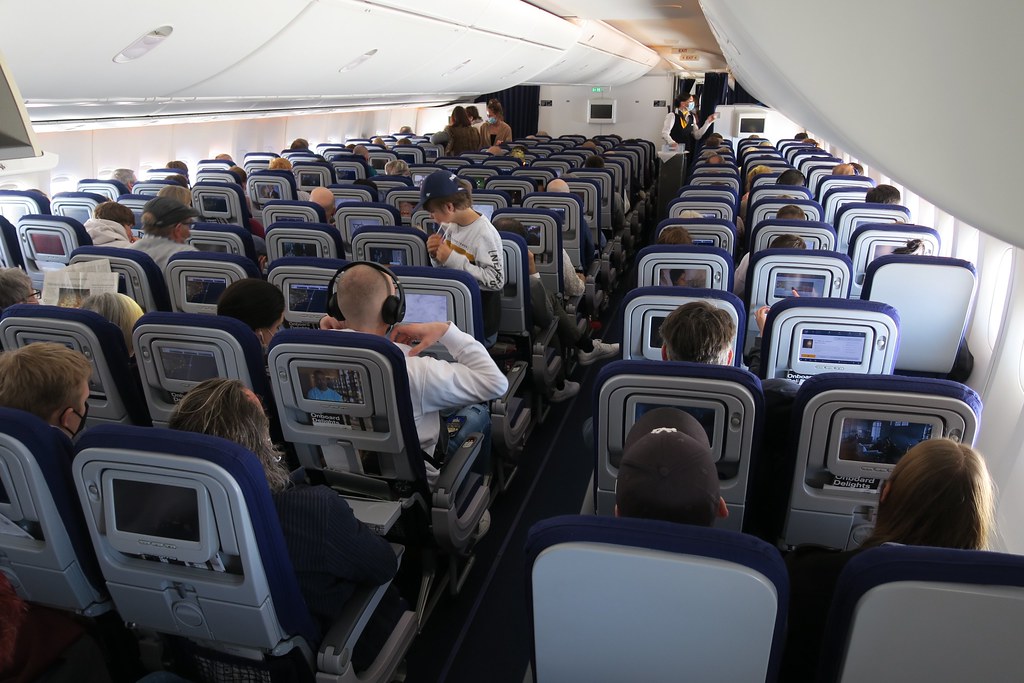
Flying basic economy used to mean you gave up legroom and movie screens, but seat assignment was still complimentary… until recently. Now, airlines like American Airlines make you pay for choosing your seat in advance, turning a perk into an extra line item on your ticket. The ability to pick your seat used to be a freebie to soften the blow of cramped space; now, it’s a revenue stream. American Airlines quietly updated their policy in early 2024: if you want to avoid the middle-seat lottery at check-in, you’ll fork over a fee that can run anywhere from $10 to $50 or more per flight.
At first glance, the seat fee is just one more checkbox during booking, but it fundamentally shifts the equation of “basic” fares. You’re no longer paying for a seat based on distance flown, but for the privilege of having any inkling of comfort. And if you opt out, you’re automatically tossed into the seat-selection scramble at the gate—and good luck getting the aisle you paid for with your sanity. Suddenly, even budget flyers are left playing chicken with seat-assignment systems, wondering if they should gamble on the free assignment or shell out to ensure they don’t end up wedged between two arm-jerkers.
3. Starbucks Delivery & Small-Order Fee
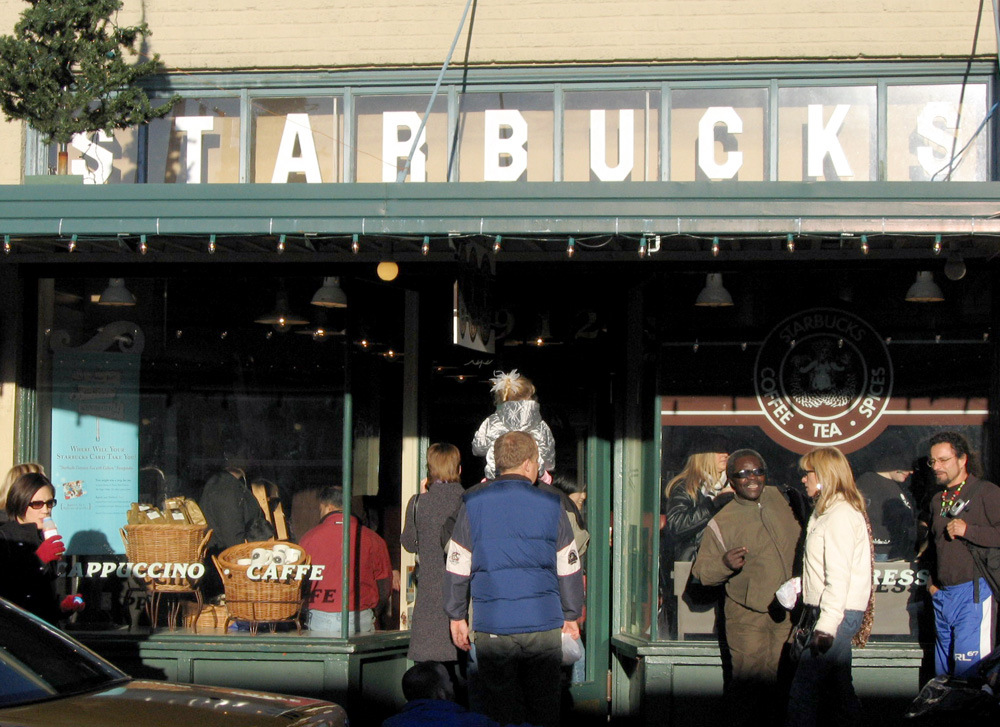
We all love the convenience of having that morning latte magically appear at our door, but have you noticed your delivery tab creeping up? Starbucks teamed up with delivery services in mid-2024, and while yes—it’s brilliantly convenient—it’s also sneakily expensive. Alongside the typical $1.99 delivery fee, there’s a $2 small-order surcharge for orders under $10, plus a 15% service charge, and in some cities like Seattle an extra $4.99 rush fee. According to The Verge, these combined charges can nearly double the final bill on solo morning runs.
It’s the price we pay for keeping our pajamas on, I get it. But when that $5 latte becomes $12 after convenience taxes, it feels less like a treat and more like highway robbery. Worse, the fees aren’t always transparently disclosed until the checkout screen, leaving casual sippers aghast when their beverage becomes a bank-breaker. If you’re ordering for a crew, the cost spreads out, but solo drinkers are left bearing the brunt. Suddenly, your daily ritual feels like an unintentional investment in someone else’s gig economy hustle.
4. Netflix Password-Sharing Surcharge
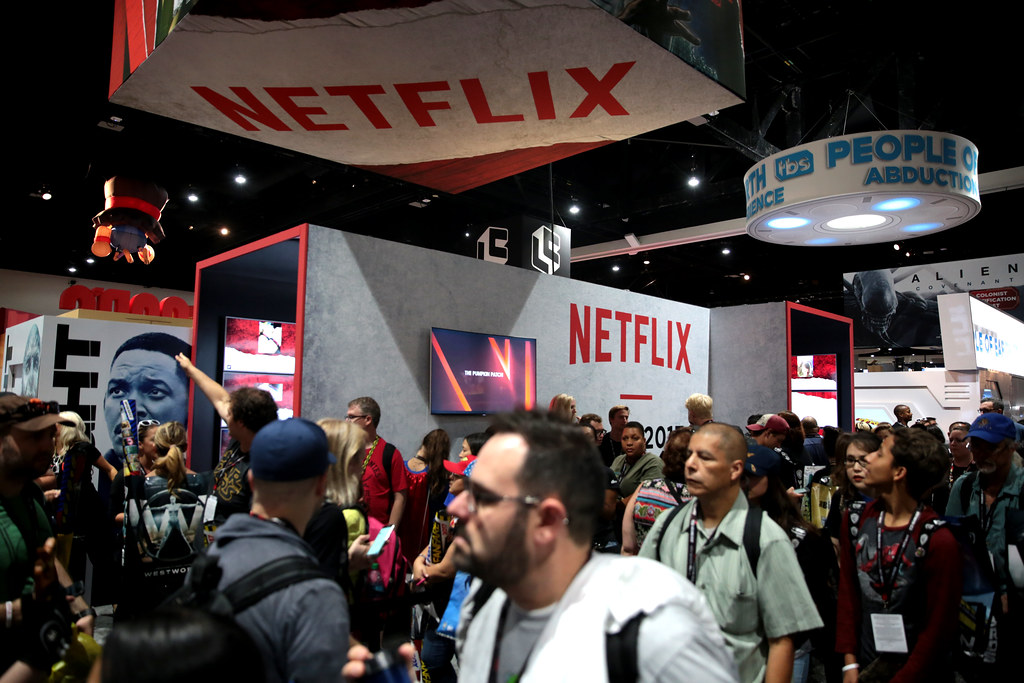
Remember when you could binge “Stranger Things” with all your friends using one login? Those days are so last season. Now, Netflix has started charging you extra if anyone outside your household steals a bit of your streaming sweetness. This password-sharing crackdown hit in late April 2024, almost a year after the policy was first announced, leaving casual screen-sharers staring at surprise fees on their next bill. According to TechTimes, this shift was aimed at regaining nearly a third of the subscribers they lost in Q4 2023, but for users it feels like a betrayal of our communal Netflix traditions.
On paper, it sounds reasonable—keep accounts in the family, pay extra if you don’t. In reality, it’s a stealth tax on friendship, punishing those of us who’ve treated “Netflix and chill” like a community potluck. The surcharge can range from a few dollars to nearly the cost of a Basic plan extra member, depending on how many freeloaders you’ve invited to your digital couch. And since the fee is tacked on at billing, you don’t see it until you log in post-crackdown and your profile suddenly demands validation—or money. Talk about getting dinged for sharing the popcorn!
5. Uber Eats Busy-Area Fee
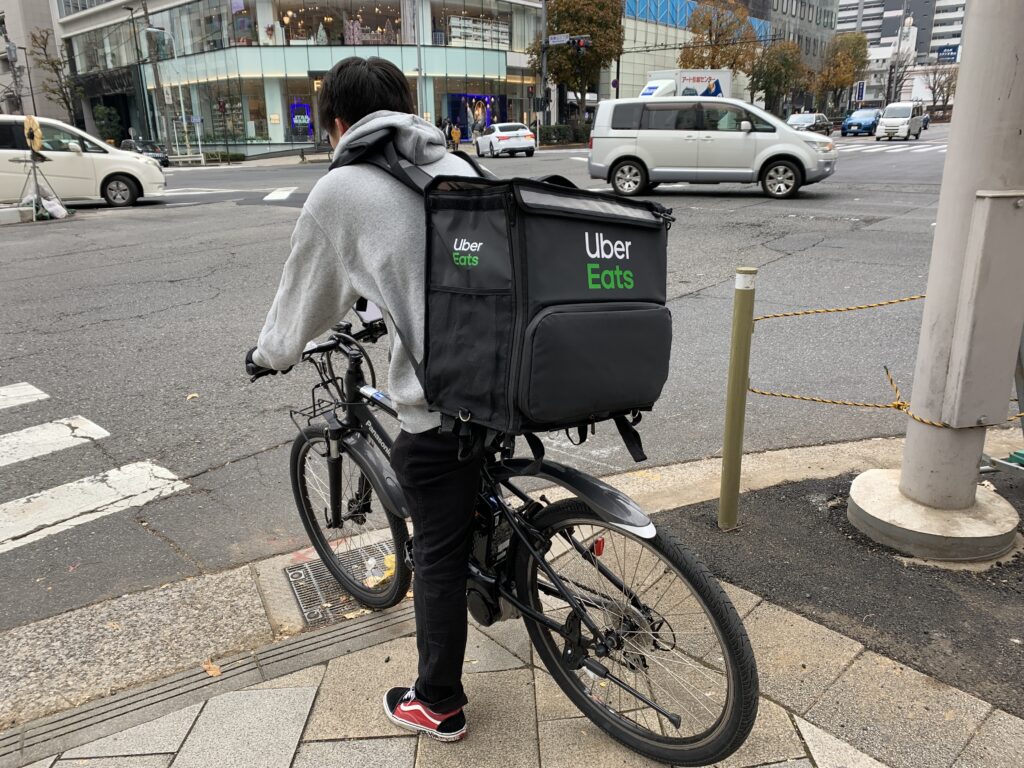
Craving tacos at 6 PM in the bustling arts district? Awesome—unless you mind paying extra for the privilege. When demand outpaces delivery folks, Uber Eats tags on a “Busy Area” fee, which can add several bucks to your order. According to Uber Eats, the app flags high-demand zones with a surge icon, but until you tap through, you won’t know just how much more you’re spending. Shocked by a $4 fee on your $15 burrito? Welcome to dynamic pricing in the gig economy.
This fee is technically to guarantee you get your food when everyone else is also starving, and in theory, it incentivizes more drivers to swing by. In reality, it feels like a demand tax on basic human need—eating. Combined with the standard delivery fee, service fee, and tip, your dinner tab can balloon way beyond what was advertised. It’s one thing to pay for convenience; it’s another to pay a variable premium because you live in a popular zip code. Suddenly, ordering in from your favorite spot feels like sunset pricing at a theme park.
6. Airline “COVID-Sanitization” Fee
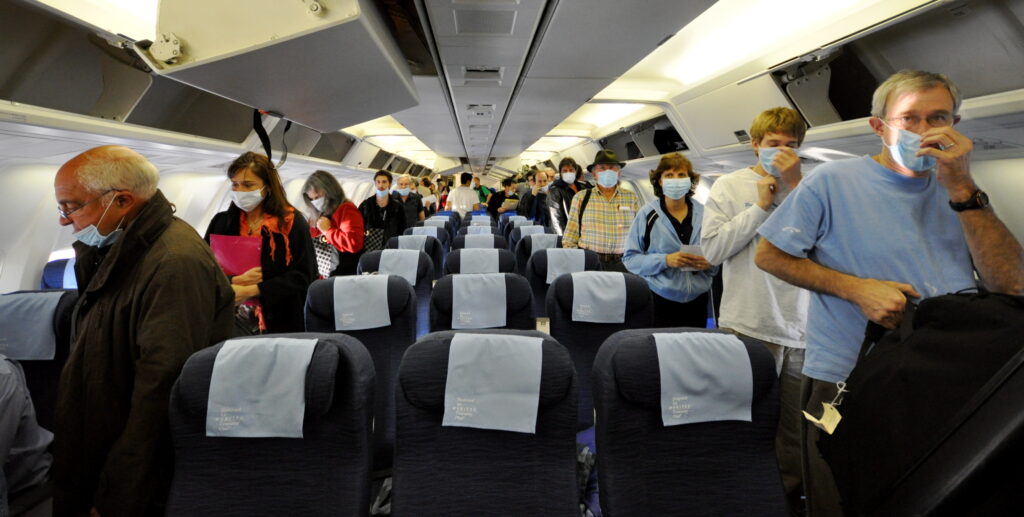
Ever notice a little line item on your ticket called a “COVID-Sanitization” fee? Airlines started tacking this on in mid-2024 as a way to recoup the costs of those spritz-and-wipe routines they insisted would keep us safe at 30,000 feet. It’s usually between $5 and $12 per ticket, which doesn’t sound like much—until you multiply it by the family of four on spring break. At first, we actually appreciated the extra cleaning (hello, peace of mind!), but now it just feels like a phantom tax on your vacation vibes. And despite dropping COVID restrictions months ago, the fee stubbornly remains, as though your seat cushions still need hazmat-level attention.
The kicker? You can’t really opt out—you either pay or you don’t fly. Some carriers quietly folded it into the base fare, so you barely notice until you compare prices with another airline that didn’t. Others list it separately, daring you to question whether it’s still necessary. Meanwhile, budget-conscious travelers are left wondering if they’re really safer or just poorer. At this point, that tiny fee has become a permanent reminder that airline pricing is about as transparent as a tinted airplane window.
7. Rental Car “EV Charging” Fee
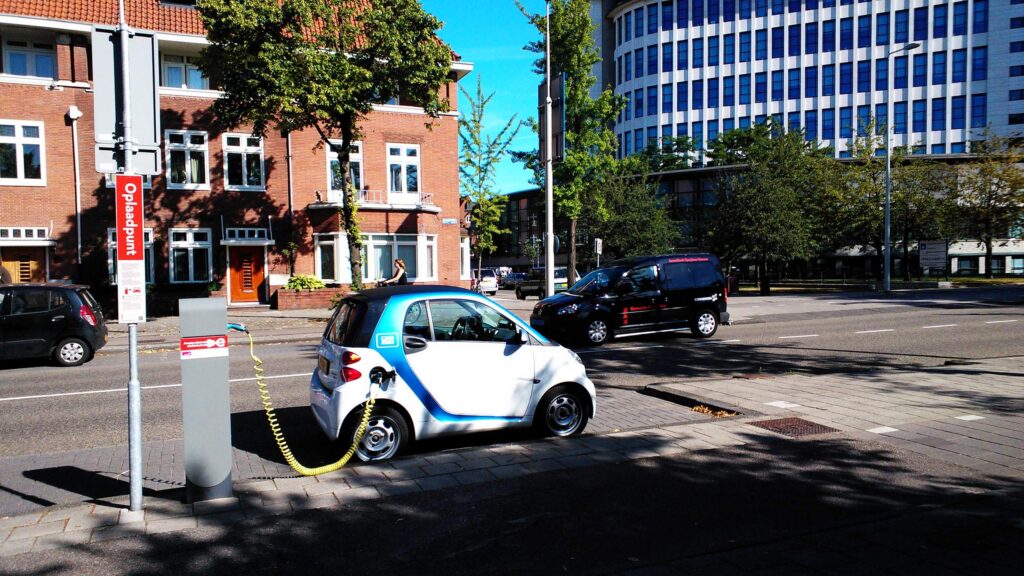
Booking a rental car used to mean picking up the keys and hitting the road; now there’s an “EV Charging” fee waiting for you if you choose an electric model. Providers introduced this in late 2024 to cover the cost of topping up those batteries between rentals—or so they say. It usually ranges from $7 to $15 per day, which can wipe out any savings you thought you’d enjoy by renting green. What’s ironic is that you still have to find your own charging station en route, potentially paying public charger rates on top of the rental fee.
Car companies justify it as a convenience charge, but let’s be real: you’re paying extra to pilot someone else’s power plug. If you decline, you risk getting stuck with a penalty for returning the car undercharged—another hidden wallet sucker. And because it’s buried in the optional fees section, you might not notice until you see your credit card statement. Bottom line, saving the planet shouldn’t cost this much, especially when you’re already paying for the car itself.
8. Bank “Digital Service” Fee
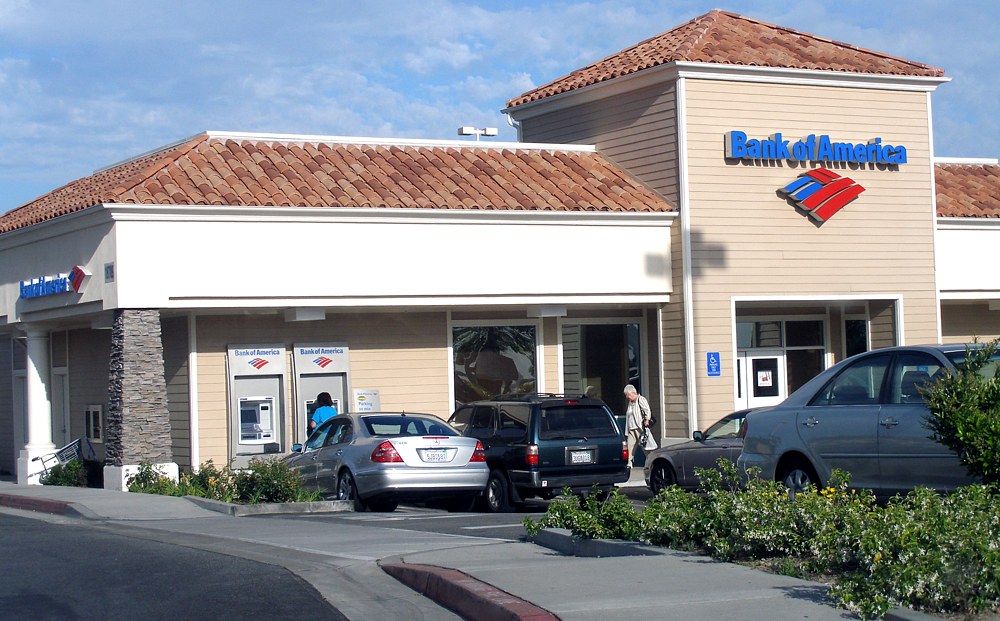
Remember when online banking was a free perk? Those glory days are fading thanks to a new “Digital Service” fee many banks rolled out in early 2025. For about $3 to $5 a month, they claim it covers the cost of maintaining mobile apps, cybersecurity measures, and 24/7 digital support. But consumers are rightfully skeptical—especially when the apps crash or send push notifications at 3 AM. It’s almost as though the fee exists to pay for that slick marketing campaign rather than real tech improvements.
What’s worse is that some banks bundle it into “account maintenance” to avoid drawing attention, so you might not spot it until you’re overdrawn. And if you try to switch to a “fee-free” checking account, guess what? You lose out on the fancy digital bells and whistles. So while it sounds like a small convenience tax, it actually gates off your best online tools unless you swallow the monthly charge. In other words, your bank’s shiny new interface comes with a monthly subscription you never asked for.
9. Gym “Locker Rental” Fee
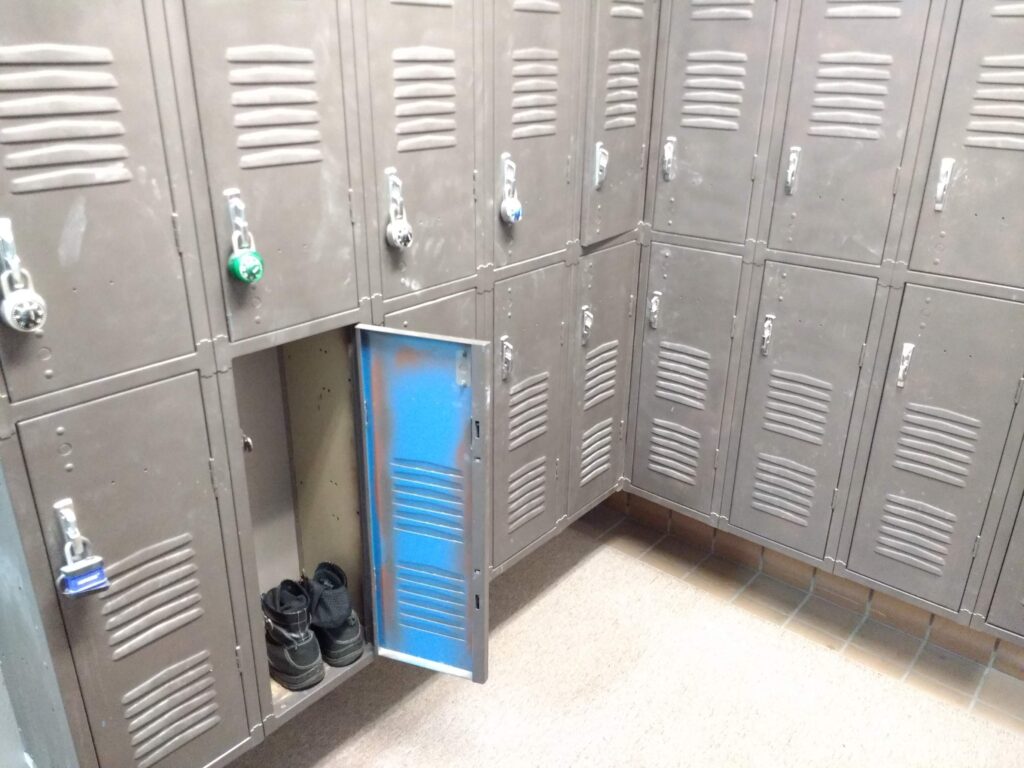
You joined that swanky new gym for the free towels and smoothies, but now there’s a surprise: a “Locker Rental” fee. Introduced around January 2025, it costs about $10 a month just to stash your shoes and shampoo on site. Suddenly, you’re paying extra for the privilege of not carrying a sweaty bag through the parking lot. The gym claims it’s to cover locker maintenance and cleaning—but isn’t that what your membership dues were for?
Of course, if you balk at the fee, they suggest you use those flimsy day lockers instead, which require you to swap out a quarter for each workout. The result? You either cough up the monthly locker fee or spend every session fishing coins out of your car. And who wants to cart toiletries and clothes back and forth every single gym visit? Ultimately, that $10 line item feels like a sneaky way to monetize convenience, turning your post-workout chill into an extra drain on your budget.
10. AT&T “Network Enhancement” Fee

You thought your cellphone bill was straightforward until AT&T added a “Network Enhancement” fee of around $3 per month in early 2025. They say it funds upgrades to towers, small cells, and fiber backhaul to keep you streaming without hiccups. But the truth is that the fee appears regardless of your actual usage or network reliability. So even if you live in a dead-zone or rarely exceed 1GB of data, you’re still paying for network perks you might never enjoy.
Worse yet, it’s carved out separately from your base plan, so it doesn’t count toward promotions or bundle discounts. That means you can’t simply choose a cheaper package to avoid it—you’re stuck paying until the end of your contract. Try calling customer service, and you’ll get vague assurances that “everyone contributes” to network health. Bottom line: you’re footing the bill for an invisible upgrade that might not make your calls clearer or your downloads faster.
11. Spotify “Family Plan Location” Fee

Spotify’s Family Plan was once the ultimate hack for sharing playlists with your crew—until the “Location Verification” charge popped up in early 2025. Now, if family members regularly log in from different zip codes, you face an extra $2 per person on your monthly tab. Spotify claims it’s to enforce the “same household” rule, but it feels like a digital heist targeting roommates, remote-working siblings, and globe-trotting tunes junkies.
What’s ironic is that you still get the same unlimited skips and ad-free jams, but you just pay more for the privilege of location flexibility. If you want to dodge the charge, you and your family need to coordinate your listening locales to the centimeter. In practice, that often means misrepresenting your address or setting up VPNs just to avoid paying. Suddenly, sharing music has become more about evading extra fees than discovering new artists together.
12. TikTok “Developer Fund” Fee
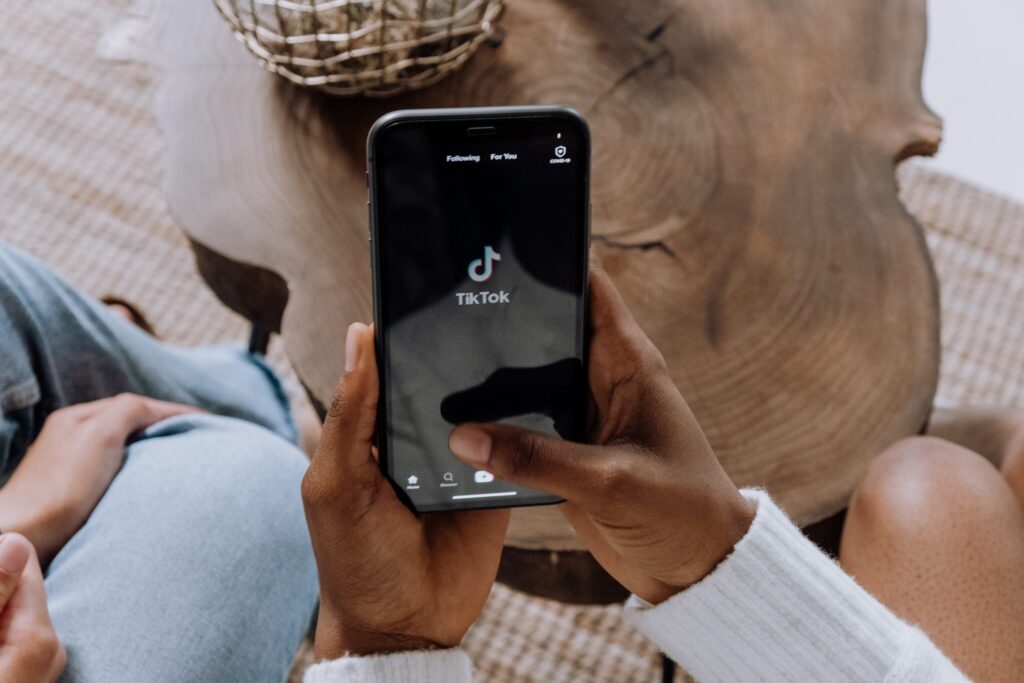
Short-form video fans rejoice—unless you’re a small creator. In early 2025, TikTok launched a “Developer Fund” fee that charges power users around $1.50 monthly to fund platform tools and monetization features. It sounds noble on the surface: everyone pitches in so creators can build cooler effects and analytics tools. In reality, it’s another subscription shoved into your profile settings, often enabled by default if you ever applied for creator payouts.
Creators hoping to earn through live gifts or brand partnerships find their earnings docked by this fee, too. So while your friend’s viral dance might rake in coins, a chunk always funnels back into TikTok’s dev budget. If you want to avoid it, you need to hunt through settings and disable the fund—assuming you didn’t already agree to it when you signed your first contract. At the end of the day, it’s a micro-tax on creativity and a reminder that even free social platforms can squeeze your wallet.
13. Zillow “Contact Agent” Fee

Looking for a dream home? Zillow’s “Contact Agent” fee, unveiled in mid-2024, now charges buyers up to $10 per lead when they click “Contact Agent” on certain listings. This used to be a free click to grab an agent’s attention; now it’s a mini-tollgate on your house hunt. Agents say it weeds out tire-kickers, but for buyers it’s just another hidden cost layered on the already pricey journey to ownership.
As a result, some shoppers hesitate to reach out unless they’re absolutely sure about a property, potentially missing out on hot new listings. And since Zillow pockets the fee, it creates a conflict of interest: the more clicks you pay for, the more money they make—regardless of whether it leads to an actual sale. Suddenly, house-hunting feels less like browsing and more like paying for every step you take.
14. Amazon Prime “Add-On Item” Fee
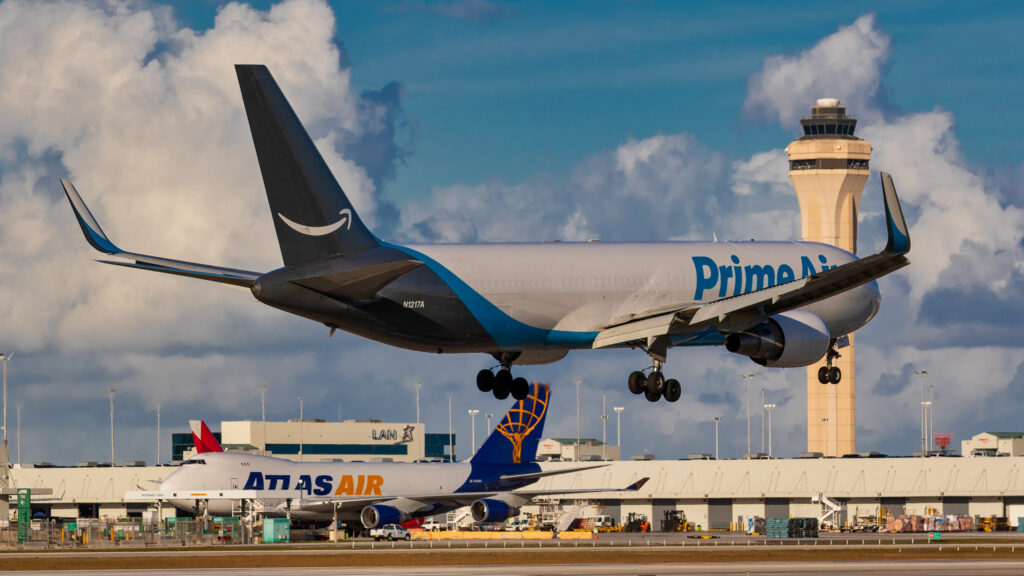
Amazon Prime used to promise that sweet free shipping on everything—then came the “Add-On Item” fee for low-priced products. If an item costs under $10 and is classified as an add-on, you have to spend an extra $25 in that order or switch to standard shipping for a $2.99 fee. It’s a cheeky way to push you toward bulk buying or to subtly nudge you into Prime subscriptions if you haven’t already.
Casual shoppers end up combining small purchases just to dodge the fee, cluttering their carts with things they don’t really need. And if you forget, that 2.99 sticker shock arrives at checkout like an unwelcome surprise party crasher. So much for the joy of snagging that $3 phone stand on its own; now you either overbuy or pay up. It’s another testament to how seamless convenience can come with unexpected strings.
15. Gaming Platform “Cross-Play Support” Fee
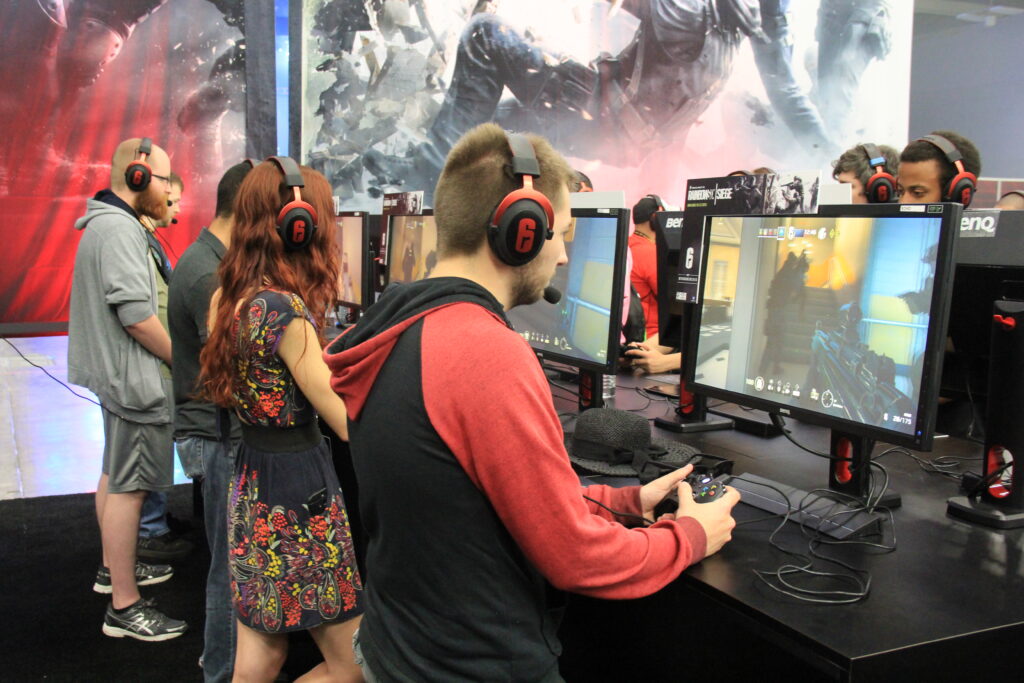
Remember when cross-play felt like gaming utopia? Consoles and PCs were finally talking, until platforms started charging a “Cross-Play Support” fee of around $5 annually in late 2024. They claim it offsets server costs and licensing fees for interoperability, but for players it’s just an extra tax on making new friends. Want to squad up with buddies on other systems? Wallet out first.
The worst part is that you often don’t know the fee exists until you try to join that cross-platform lobby mid-game. At that point, you either pony up or watch your teammates vanish into thin air. For casual gamers, the barrier feels petty; for competitive clans, it’s a recurring subscription that chips away at DLC and skin budgets. Bottom line: the dream of barrier-free gaming now comes with one more microtransaction standing between you and your squad.
This article is for informational purposes only and should not be construed as financial advice. Consult a financial professional before making investment or other financial decisions. The author and publisher make no warranties of any kind.





